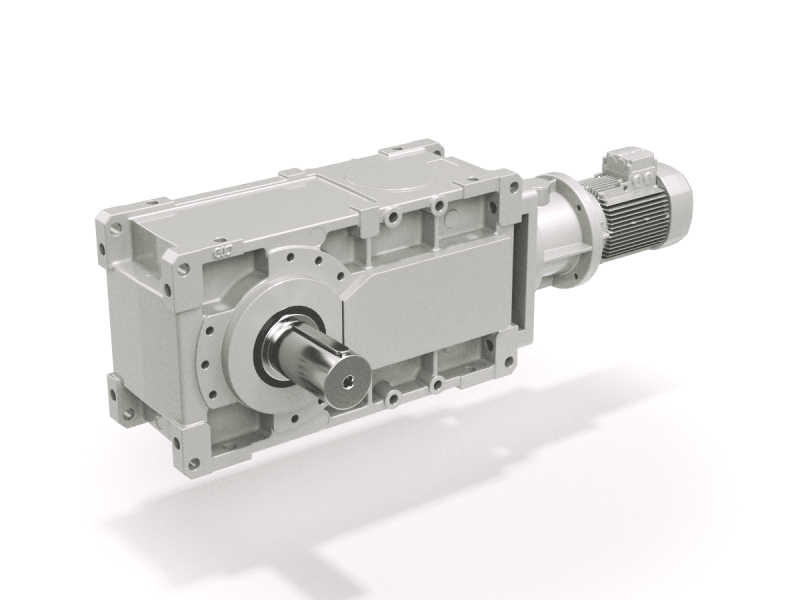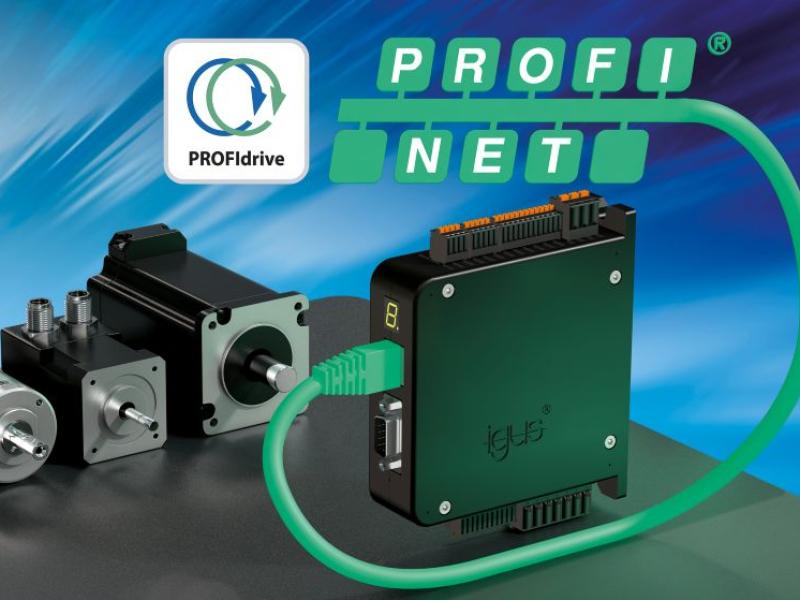The gearmotor or drive unit is at the heart of industrial automation applications, enabling the transmission of power required to lift, convey or mix. Gearmotor failure can result in significant business losses, says Eric Fourie, Engineering Manager, Bonfiglioli Australia. Failure, however, is preventable with the proper configuration and maintenance of gearmotor drives.
How to select the best drive for the job
Eric explains that customers often attempt to select and configure drives themselves, without considering a number critical factors. These include the drive size, the lifecycle and duty of the drive, the operating environment, maintenance requirements, instrumentation and monitoring, as well as the safety requirements.
“When a drive is incorrectly specified or configured, the customer will not get the expected performance from the installation and equipment,” explains Eric.
His recommendation to customers seeking best results is to follow this process:
- Evaluate the application and the duty of the drive unit to understand how long the drive will be in service. Keep in mind that correct sizing is important in ensuring equipment longevity and operational efficiency.
- Analyse the layout and arrangement required. In particular, take note of the location and position of the motor, relative to the output shaft.
- Consider which drive connection will yield best results (there are various options, each with different pros and cons).
Finally, Eric says that it’s important to consult a specialist who has the expertise to guide the selection of the best-suited unit for the application. “Having insight into layout, application duty and how the drive will be connected to the equipment goes a long way in finding the right drive for the application.”
Three key maintenance indicators
Gearmotor maintenance is easily overlooked, but it is key to the prevention of downtime, and the high costs associated with replacing drives and components. “If you maintain the drive unit, your total cost of ownership is reduced,” adds Eric. “It’s pertinent to note that, if a drive has been configured correctly, consideration can be made to routine maintenance activities and ease of access, making it quicker and easier to take preventative steps and minimise down time.”
There are great tools available to monitor gearbox condition but, as Eric states, the following three elements can be assessed over time to establish a baseline measure of a drive’s condition:
- Oil condition: Oil condition tracking is easy and inexpensive to perform, and is an excellent tool to trend and monitor drive condition. It’s critical that the oil remains free of contaminants (water and sediments, for example). These result in poor lubrication which, in turn, cause damage to the gearmotor and components. In addition, check that the oil level remains sufficient for optimal performance. Regular oil testing is recommended.
- Noise: Gearmotors are designed to be relatively quiet. Any changes in noise, or sound pattern, could be an ominous sign that the gearmotor is not in good condition.
- Heat: Any rises in temperature disproportionate to changes in load and ambient conditions could be another ominous sign that the gearmotor requires maintenance.
Partner with a specialist
In selecting a gearmotor supplier, it’s important to partner with a specialist who can offer superlative product expertise, robust technology as well as added-value services. “Aside from Bonfiglioli’s extensive application and market knowledge, we have the tools and software, to aid in sizing gearboxes to ISO and AGMA standards,” explains Eric. “Our priority is to deliver an overall reduction in risk and a product that is fit for application, so we ensure we get it right the first time”.
The company offers a standard 12-month warranty on all the drives in its portfolio, plus an additional 6-month warranty for commissioning, as well as comprehensive after-sales support.
“An investment in proper sizing and detailed configuration of the drives during the design phase will pay dividends towards maintenance and overall cost of ownership during the lifecycle of the drive,” concludes Eric.






